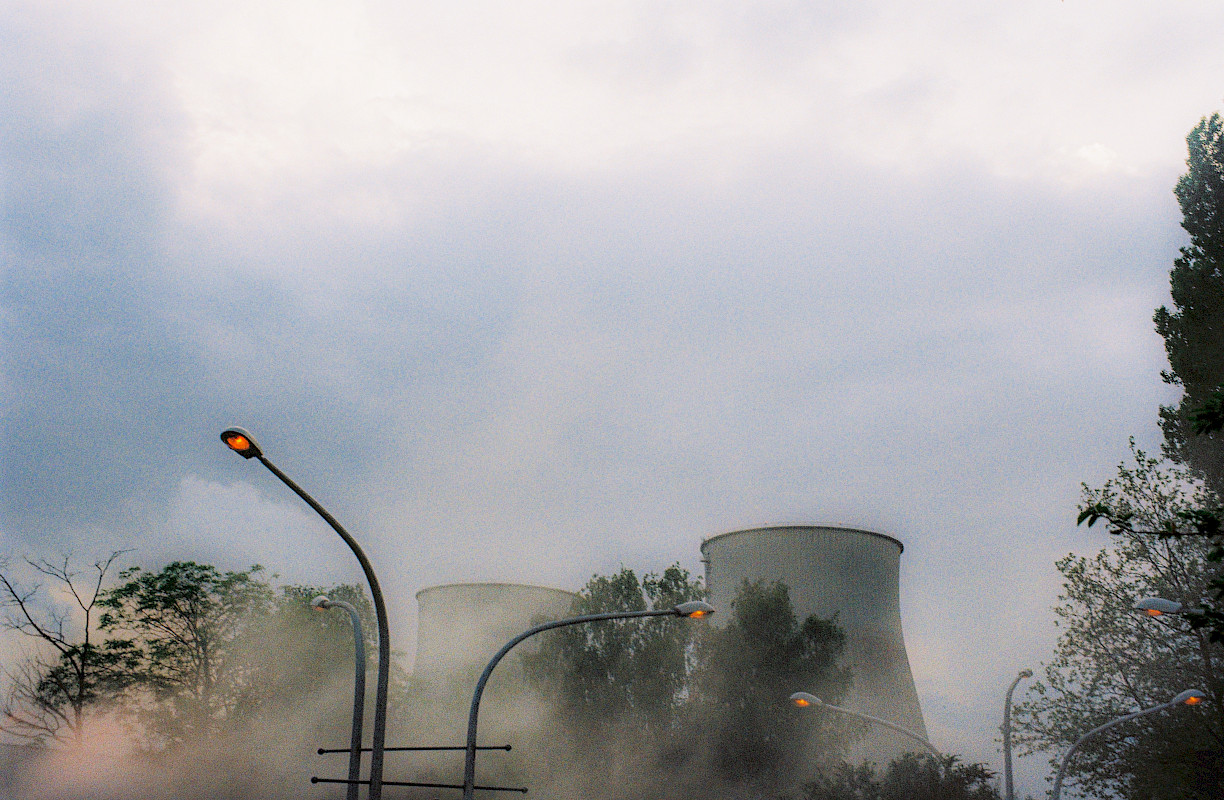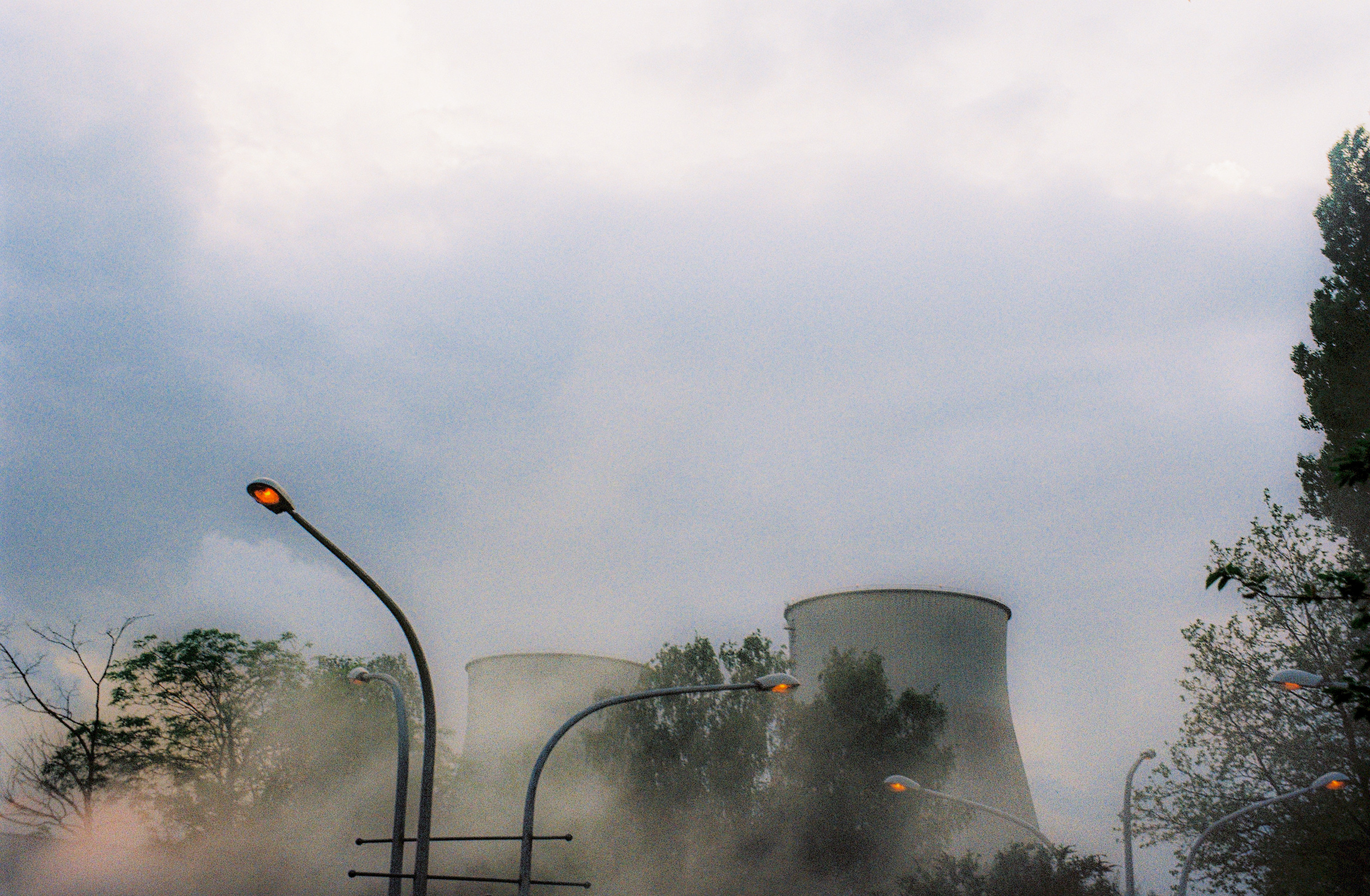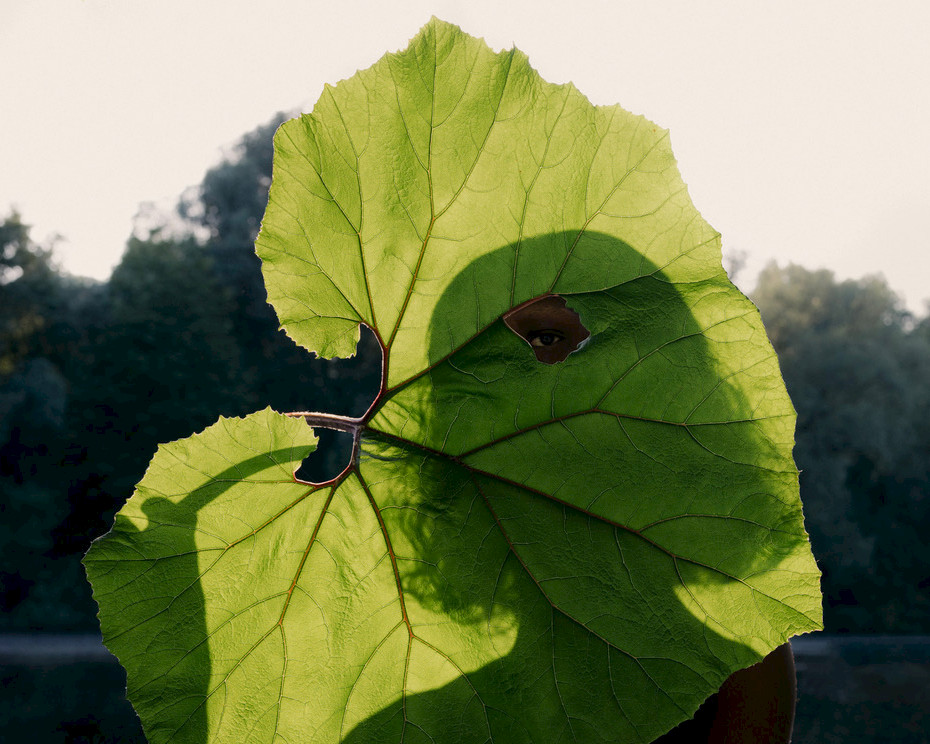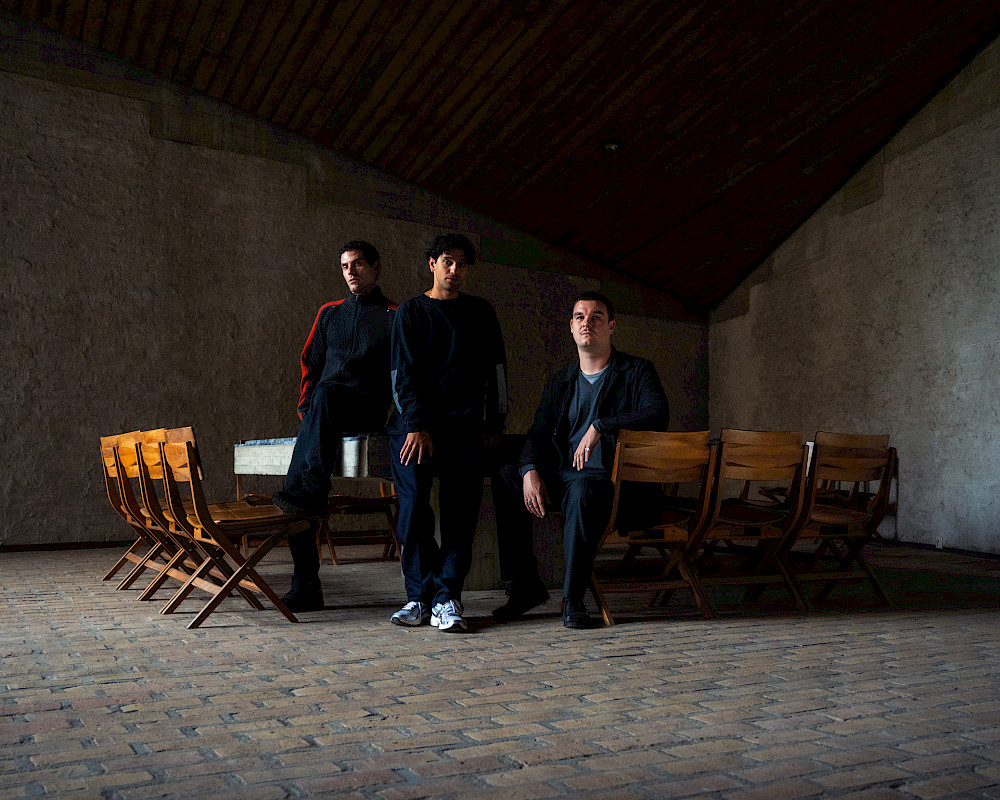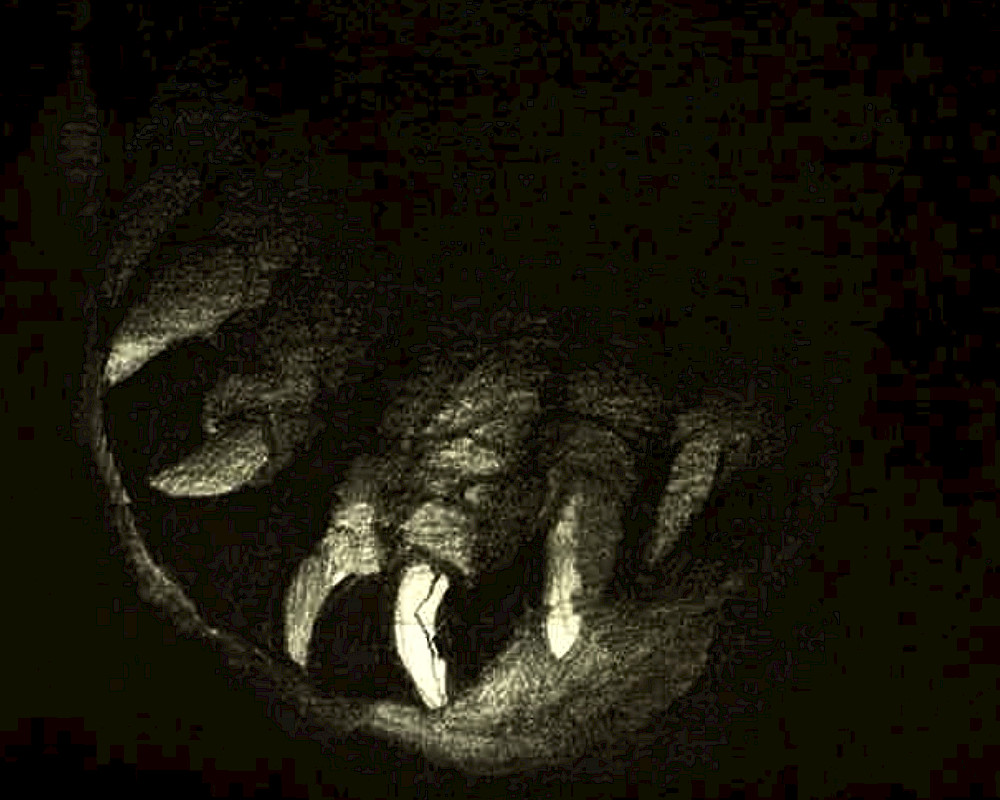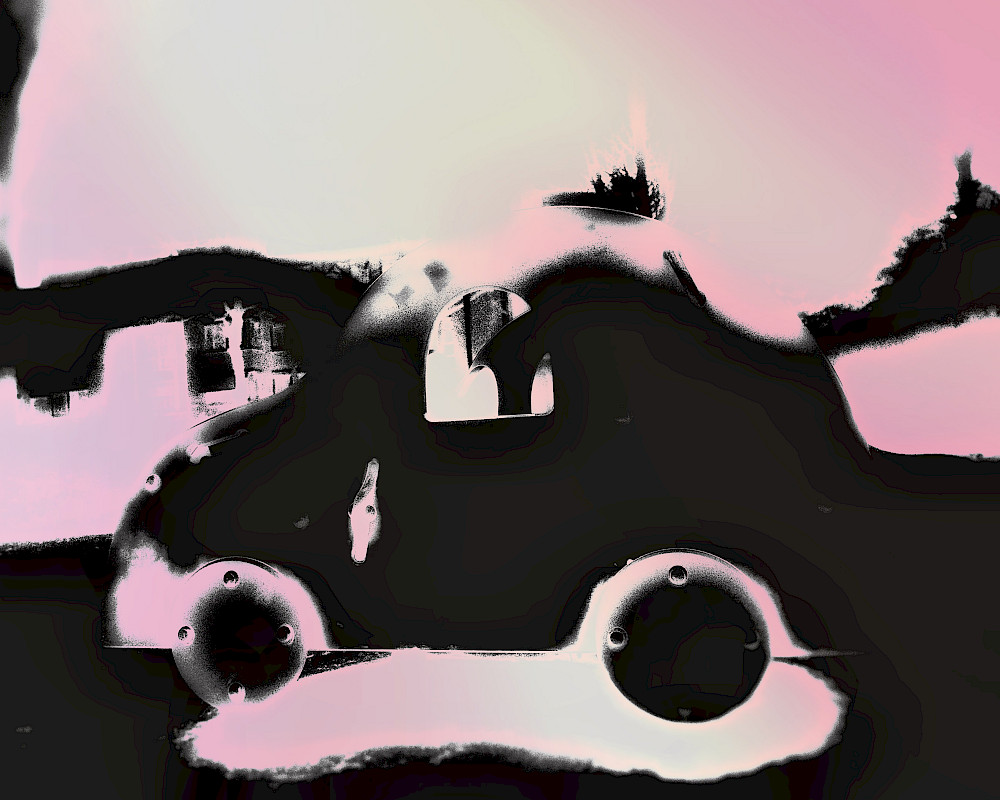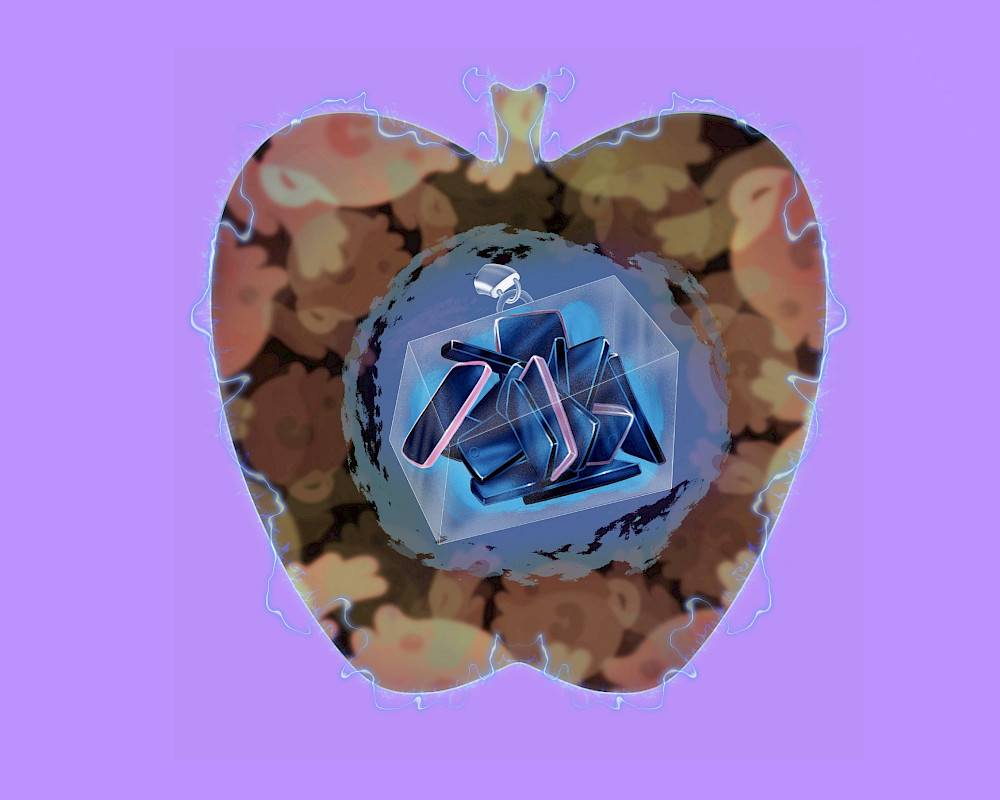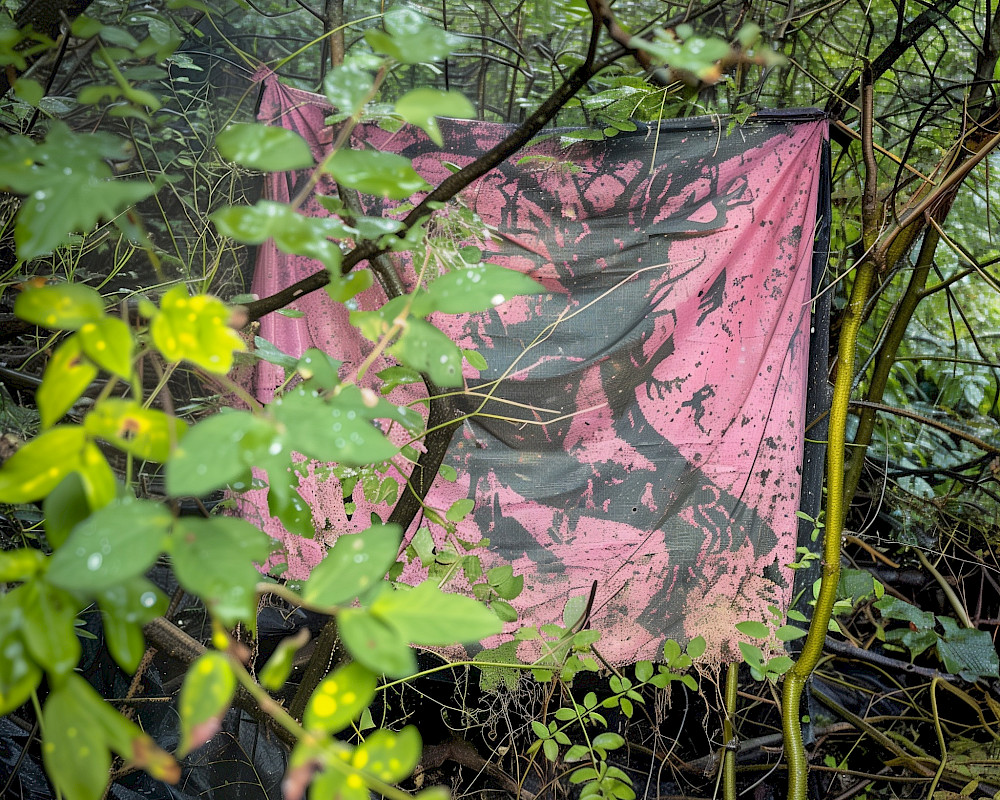profile
Against the Logic of Efficiency
Andrew Pasquier
Andrew Pasquier is an Amsterdam-based writer and editor interested in politics, culture, and design. He currently edits BUTT magazine and contributes to titles like The Nation, Artforum, PIN-UP, Frieze, and i-D.
6
min read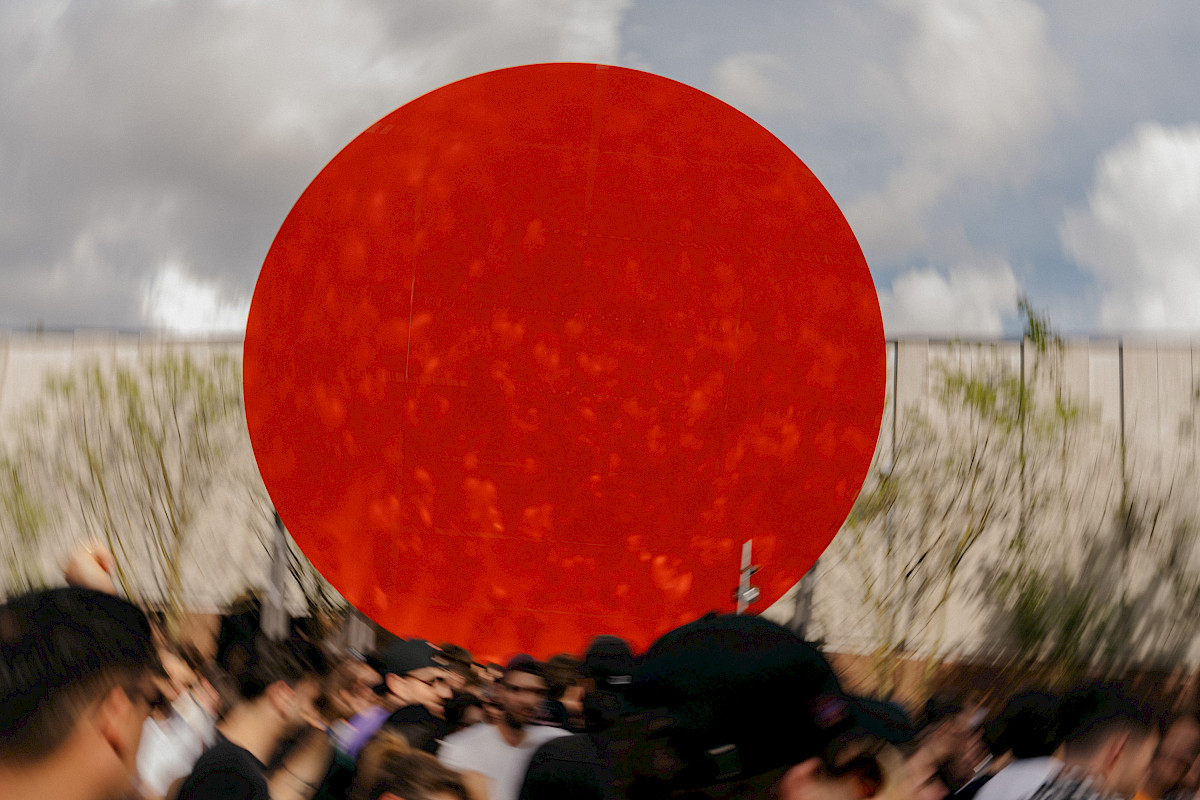
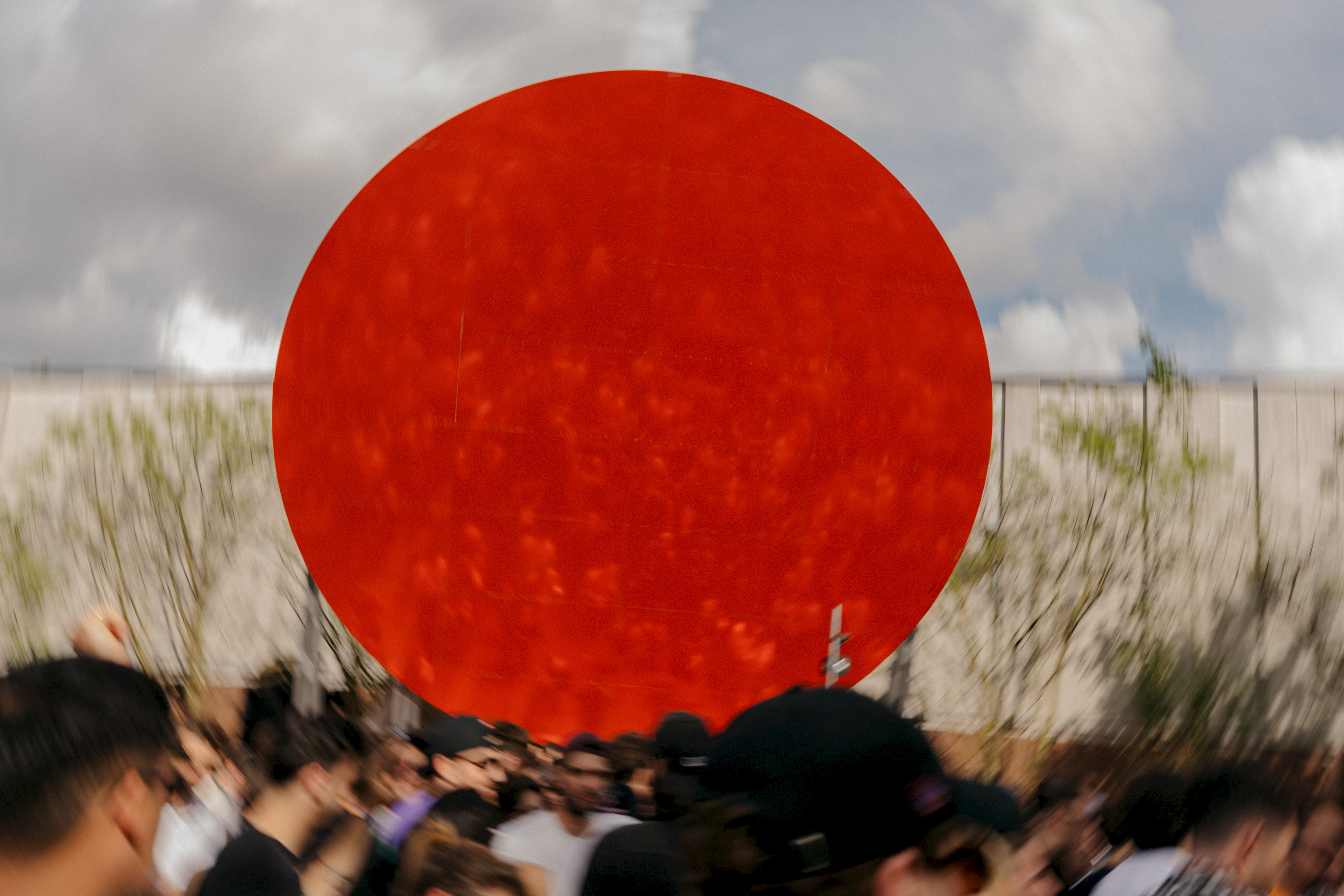
“TRADITIONAL FESTIVALS ARE BUILT WITH AN EFFICIENCY LOGIC” explains Simon Nowak, project manager and booker at Horst Arts and Music Festival. Attract and corral as many people as possible. Build up and break down stages with speed. Make the most money. The problem with this logic, Nowak contends, is that “efficiency is the death of innovation”. And that’s just on the organizational side – what about the experience of the festivalgoer?
Since its DIY origins among a core scene of Brussels club kids in 2014, Horst Arts and Music Festival has attracted international acclaim for its willingness to test the bounds of what a festival can and should be. Each addition, the collective asks itself, how can we do things differently? The dedication to experimentation runs deep. “We actually run into issues with our accountant” Nowak jokes. “He’ll say, ‘This is crazy! We're investing 50,000 euros in a design that we're only going to use once.’ He’s right, but it’s part of our identity.”
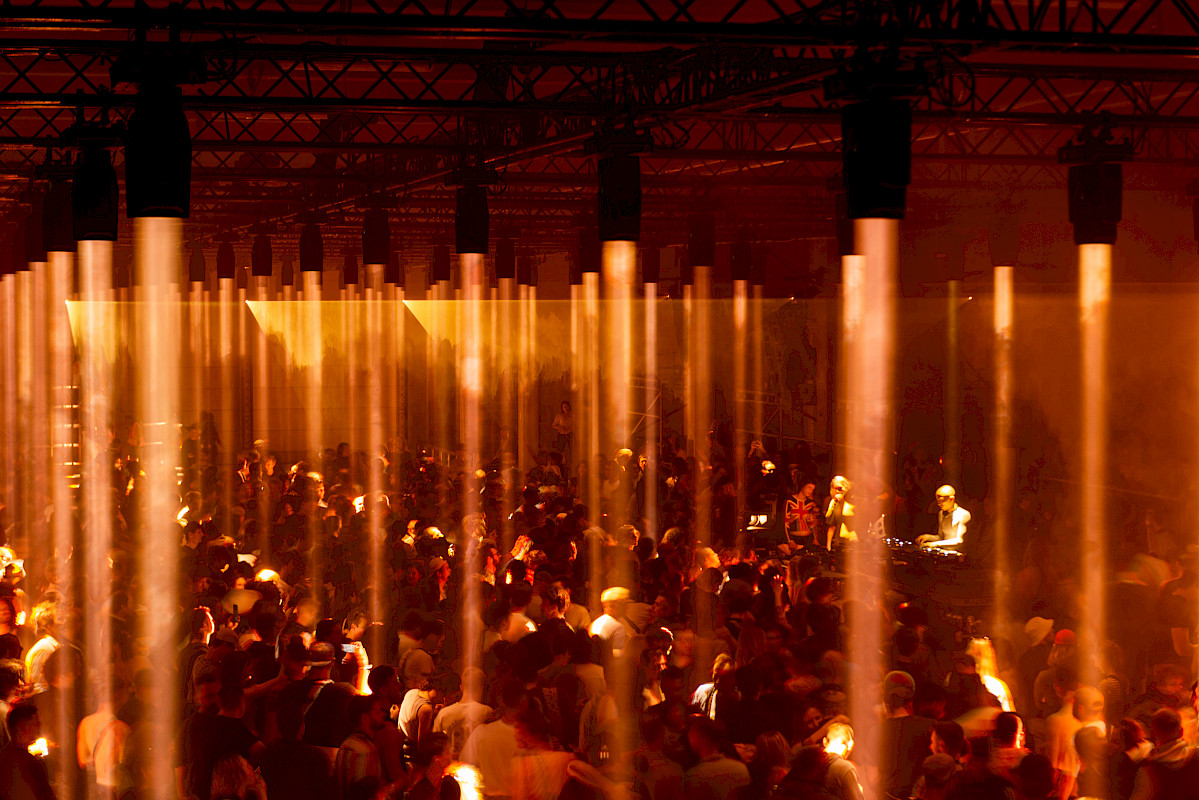
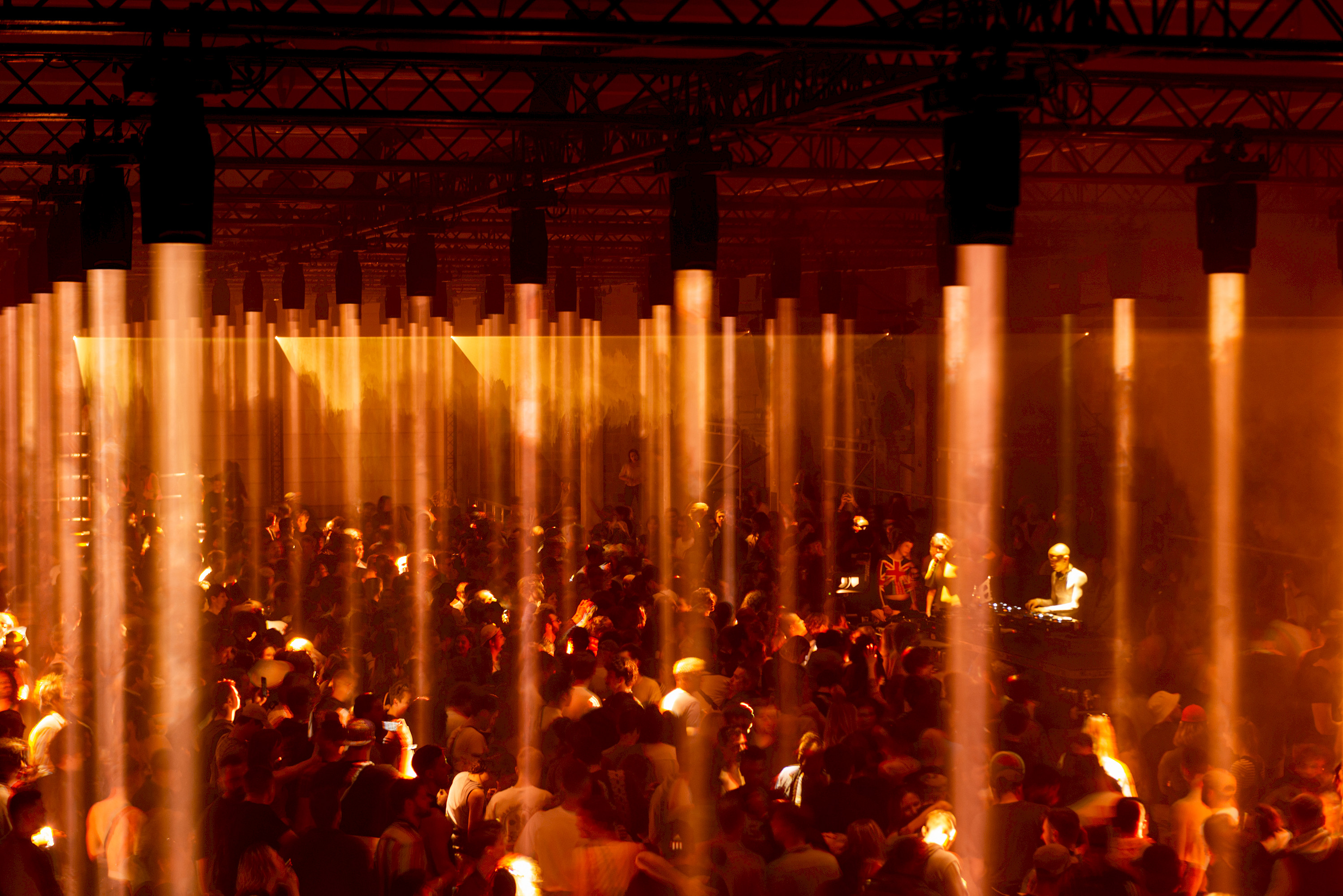
This unique Horst identity is formed by their equal curation of three experiential pillars: art, music, and architecture. Carole Depoorter, part of the core team, heads up design for the festival. “We understood very early on that arts, music and architecture has something in common: the immersive quality.” The synthesis of these three pillars is also made manifest in how Horst engages with an evolving network of architects, artists, musicians across the year to make each edition a unique, transformative experience. “We began by asking a series of questions,” continues Nowak. “Can we talk with architects and can architects talk with DJs? How can we build stages differently so we can keep things interesting and refreshing? What if architects and artists work together to construct different scenographies? You're not just coming for a DJ or a band at Horst, you're coming to this entire experience.”
Across almost a decade of taking last year’s blueprint, remixing it, and trying something new, Horst has learned a thing or two about which design elements make a ‘wow’ dancefloor experience. According to Depoorter, the team even has a library of design elements that they use to brief new architects they bring on as collaborators. “It's very important for us that a social experience is given on the dancefloor”. One example: no flat dancefloors. Create a “dancefloor landscape” with risers and lighting that allows people to choose whether they want to be high or low, seen or unseen. “It's also very important that the DJ is not on a pedestal, like ‘God is the DJ,’” continues Depoorter. Across the years, the festival has also grown to favor DJ-in-the-round arrangements that foster multiple spatial and sonic vantage points and crowd connectivity.
"You're not just coming for a DJ or a band at Horst, you're coming to this entire experience.”
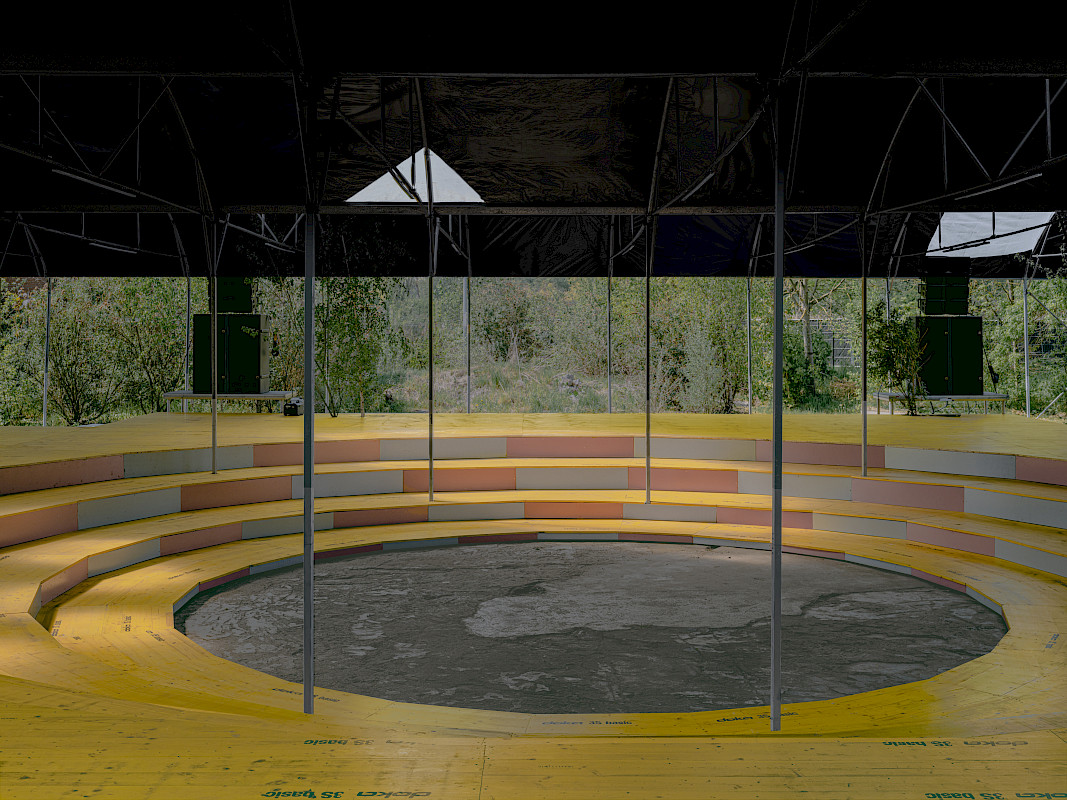
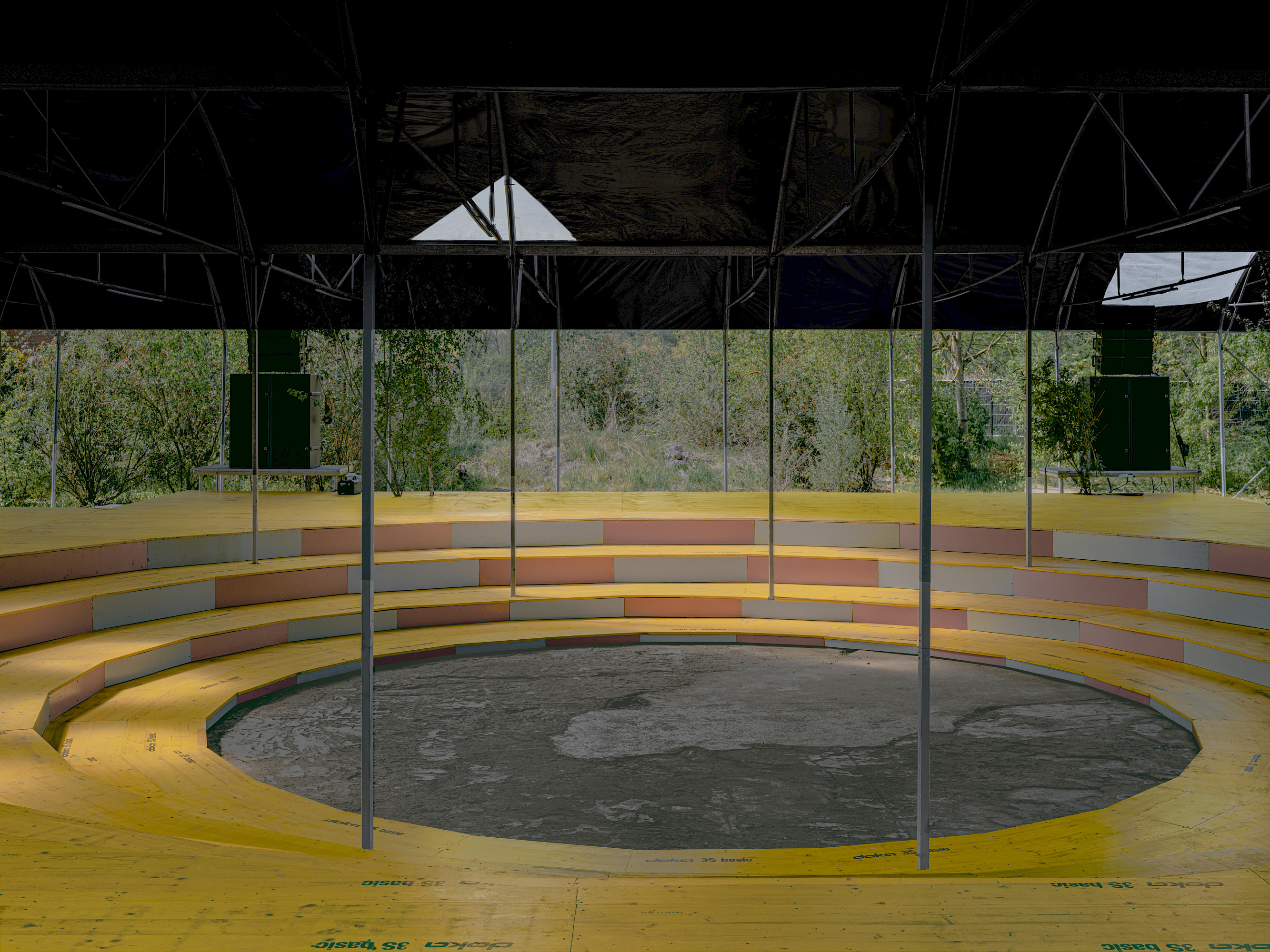
“Forget crazy LEDs or canons” adds Nowak. “It’s all about your perspective and the electric energy that’s passed between people.”
“Forget crazy LEDs or canons” adds Nowak. “It’s all about your perspective and the electric energy that’s passed between people.”
Although people are undoubtedly the core element of any party experience, Horst places a uniquely strong emphasis on the power of setting. Still, while their designers build upon the experience of previous years to reinvent the form and feeling of dancefloor ecstasy, there’s one huge defining element they can’t control: the surrounding site. Horst takes its name from a 15th century castle near the village of Sint-Pieters-Rode in Flemish Brabant, about an hour east of Brussels. The medieval structure and its grounds offered an unmatched canvas for contemporary artistic and architectural play. Unfortunately, their vision for transforming the landscape came into conflict with the locals. “The municipality didn't want to work with us,” recounts Nowak. “It’s such a shame because we’d have a very fancy architect building a pavilion to be used by the public after the festival. But four weeks later, we’d get complaints from neighbors that they think it's really ugly.”
After years of tussling with town opposition, in 2021 Horst made a huge, legacy-defining move to Vilvoorde. The immigrant-heavy suburb of Brussels is home to ASIAT, a decommissioned military compound that had become known for, in the Nowak’s words, “illegal raves and criminality”. The abandoned facility had even been used as a training camp for terrorists who joined ISIS. “The Mayor of Vilvoorde said somebody needs to do something with the terrain, because otherwise it's going to keep attracting bad energy and vibes to the city,” Nowak said. Horst was offered a 10-year lease from the city to turn the massive site around. Suddenly, a DIY festival used to running an annual three-day festival was charged with large-scale urban renewal.
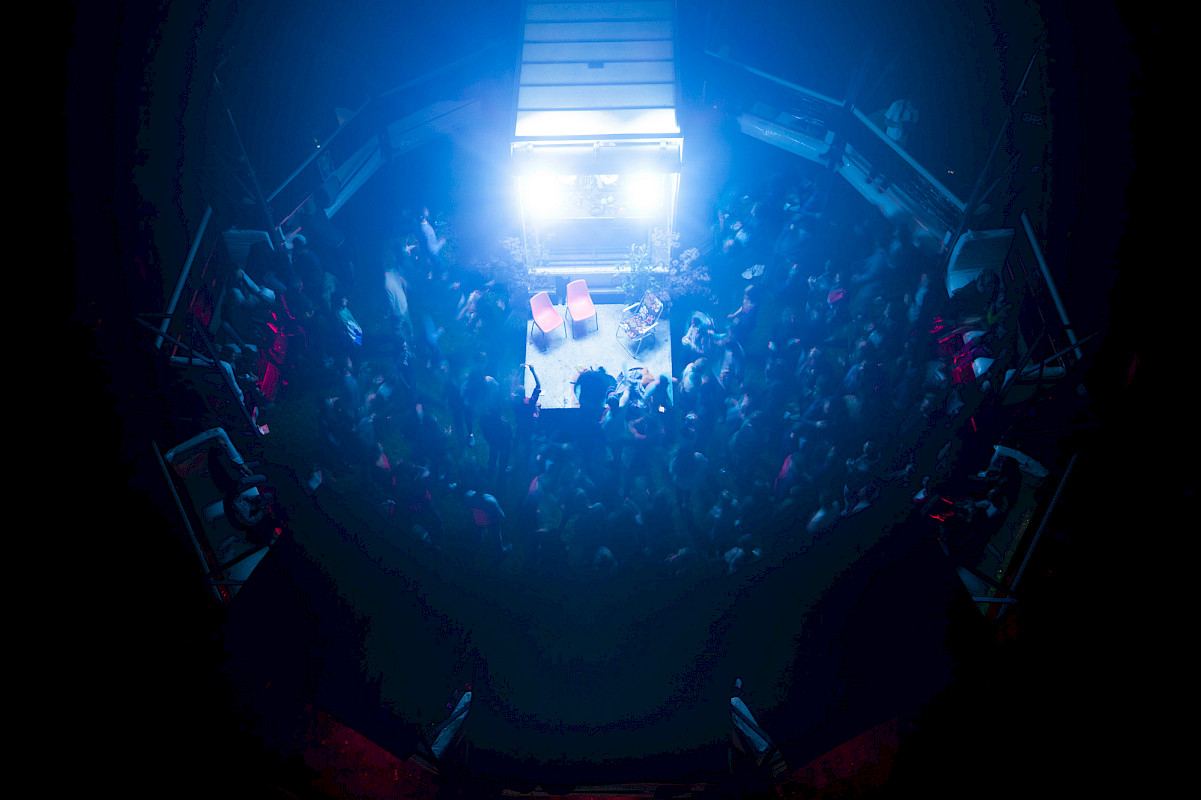
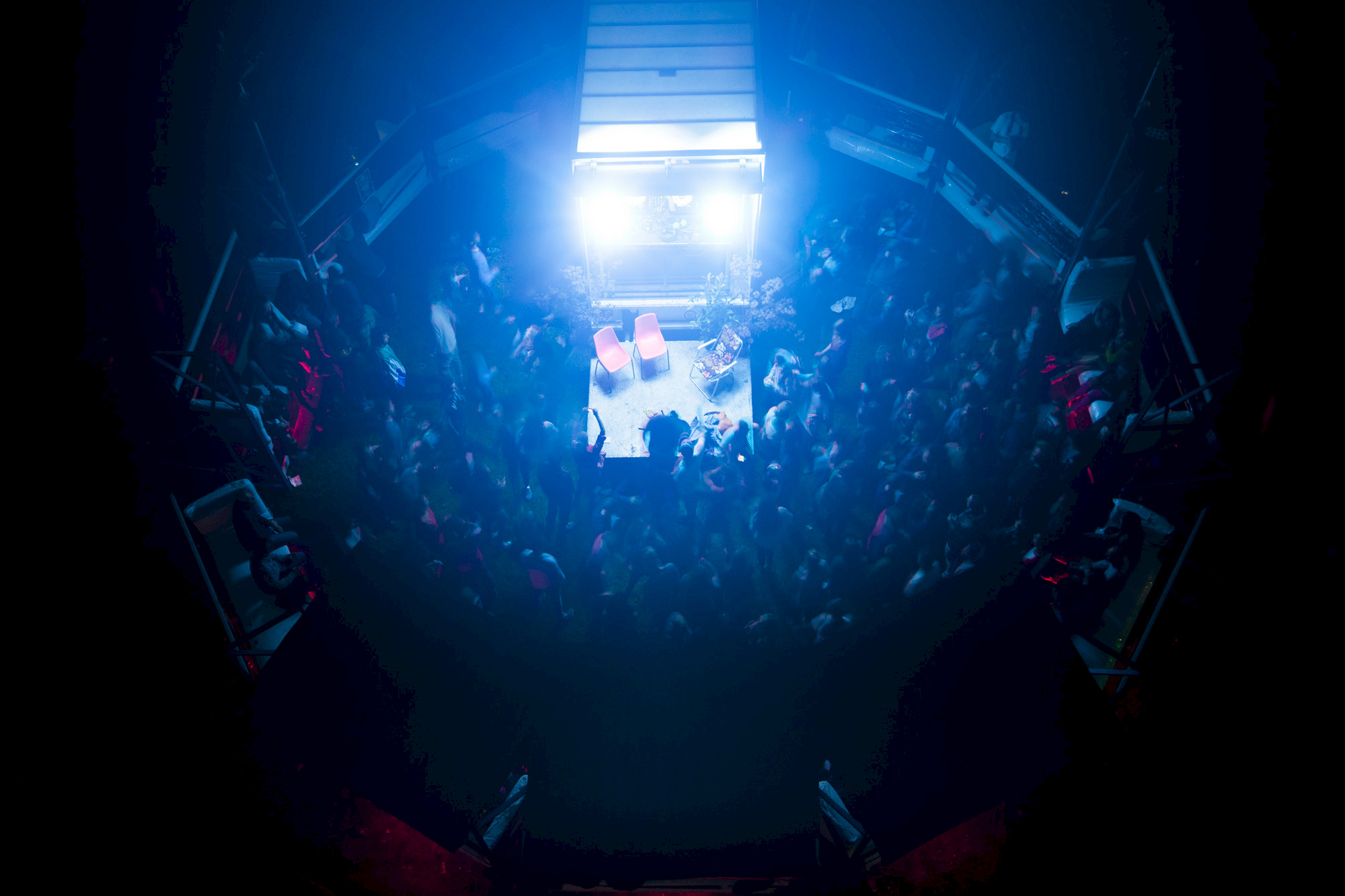
"We were all really intrigued with nightclubs and the idea of bringing a certain unique nightclub vibe to a festival."
The dramatic move has been both a blessing and radical learning experience for the Horst team. The vast, decayed property offers immense possibility for iterating on new design concepts but comes too with uncommon socio-political responsibility for a festival. “In the beginning, we were just building stages. Now, we’re adding more and more parameters that make it more difficult but more interesting,” says Nowak. The vision is expansive: a bar, a pizzeria, a skatepark, exhibition halls, social services for the local neighborhood. While slowly improving the site, Horst wants to preserve its overgrown, Chernobyl-esque feel rather than pursue commercial-style redevelopment. Importantly, the team hopes that whatever they accomplish responds to the needs of the local community – the audience the other 362 days a year. It’s as much about planning as openness to feedback. “It’s really nice to see how all these pavilions are used in completely different ways than we thought they would be used after the festival,” emphasizes Depoorter.
While Horst’s move to Vilvoorde was unforeseen, the festival has long proposed a more engaged, urban perspective on the festival experience. From the beginning, they sought to challenge the typical rural, drop-in-drop-out route: “lease a field from a farmer, put up a few tents, some scaffolding structure, book a band, add some cool lights, and there: you had a festival!” Instead, continues Nowak, “we were all really intrigued with nightclubs and the idea of bringing a certain unique nightclub vibe to a festival.” While they have been building club-like stages at Horst for years, their dream of running an actual club will finally be realized this month with the opening of CLUB HORST. An extension of the festival project, the year-round party space within ASIAT allows for regular experimentation, community building, and consistent cash-flow to help Horst maintain a diverse creative team, rather than rely on same-same festival contractors. Conceptually, the club’s design is forged from four elements: earth, fire, water and air. Immersed partiers will encounter fountains, fire pits, earthen artwork around the evolving space. From this new club to the famed annual festival to the second New HHHorizons festival in Amsterdam’s brutalist Thomaskerk organised with Het HEM (October 19-20, 2023), architectural sensitivity and artistic experimentation is found in the DNA of Horst, setting it far apart from the crowd.
